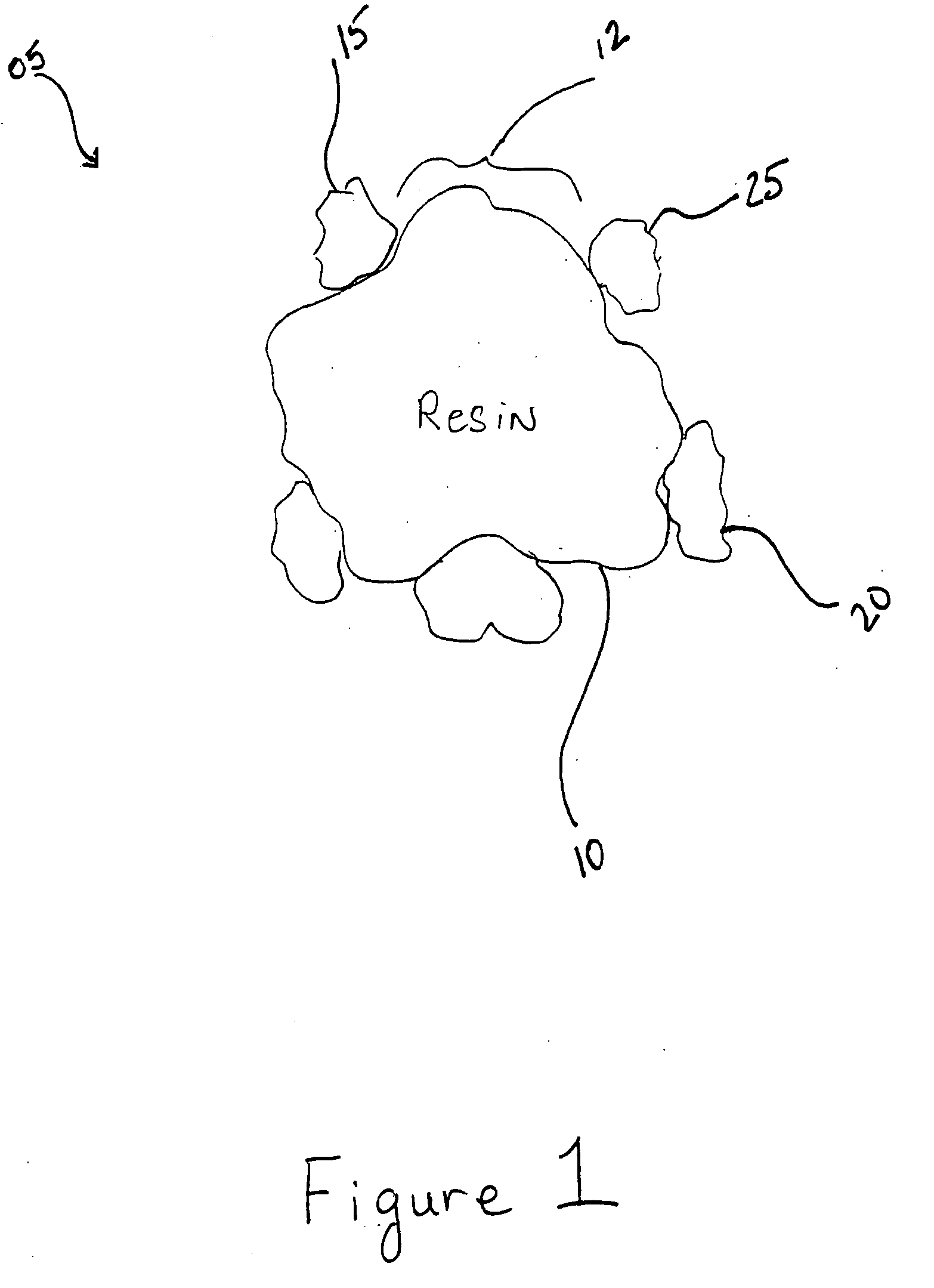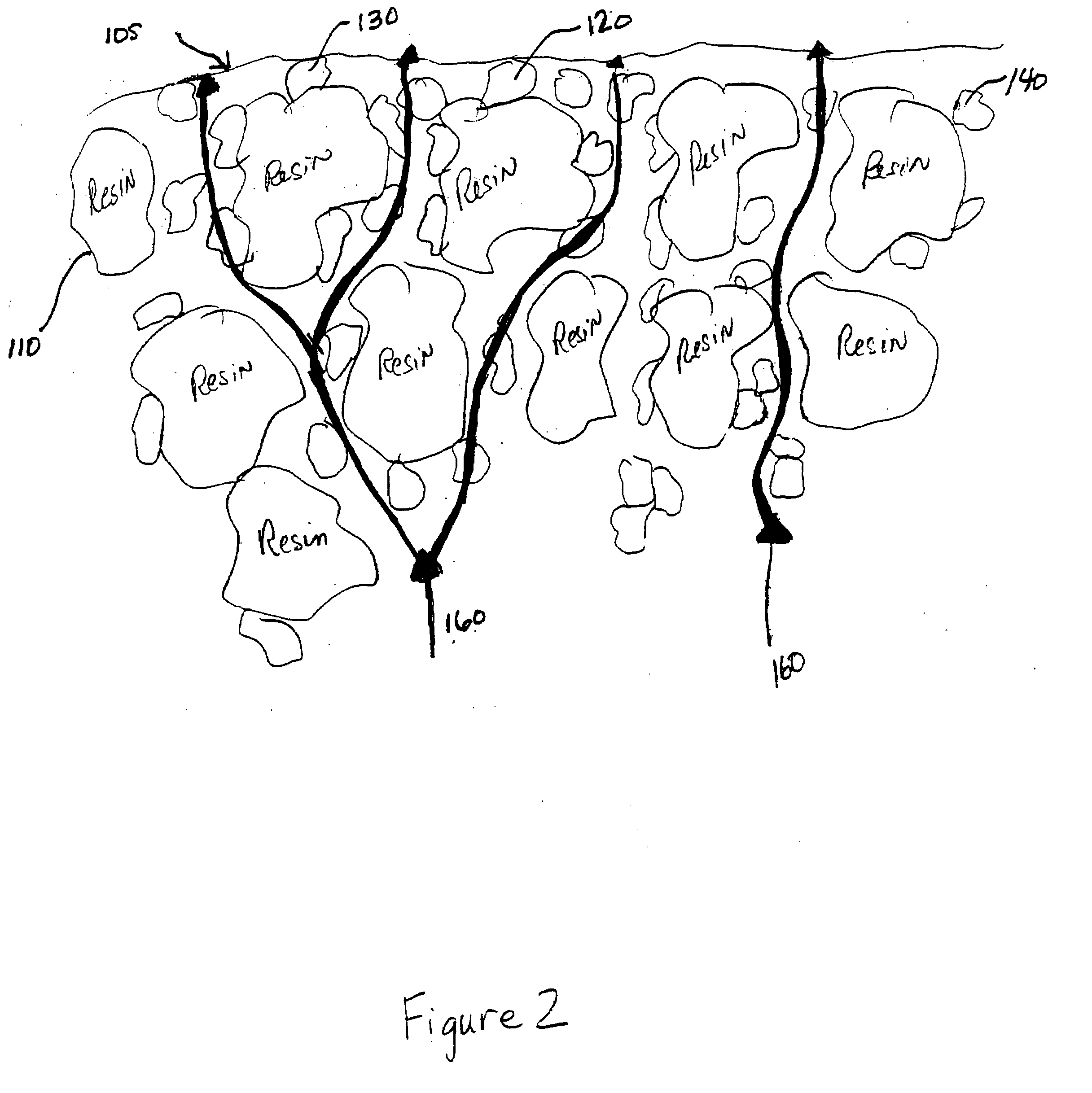Polymer based antifouling coating
a polymer and anti-fouling technology, applied in the field of coating compositions, can solve the problems of increasing the fuel consumption of the ship, lowering the speed of the ship, affecting the appearance and function of the ship, and the removal of aquatic organisms from the ship bottom is labor-intensive and costly, and achieves less cracking tendency, excellent adhesion, and less peeling tendency.
- Summary
- Abstract
- Description
- Claims
- Application Information
AI Technical Summary
Benefits of technology
Problems solved by technology
Method used
Image
Examples
Embodiment Construction
[0022]The present invention is directed to thermally sprayable polymer-based coating compositions. In particular, the present invention is directed to anti-fouling compositions designed for thermally spraying, containing a resin and at least one other component. The other component can be selected from the group consisting of metal containing compounds, biocides, fluoropolymers and a binding solution. In one particular embodiment of the invention, the binding solution used in preparing the coating composition of the present invention is water-based. In order to obtain sufficient density and to assure long lasting release of the active ingredients of the composition, the active metal components and / or biocides and / or fluoropolymers are clad to less than all of the resin powder particles in the composition of the invention.
[0023]The incomplete cladding can be achieved by providing the correct stoichiometric mixture of components. In other words, in making the composition of the presen...
PUM
| Property | Measurement | Unit |
|---|---|---|
| particle size | aaaaa | aaaaa |
| particle size | aaaaa | aaaaa |
| particle size | aaaaa | aaaaa |
Abstract
Description
Claims
Application Information
 Login to View More
Login to View More - R&D
- Intellectual Property
- Life Sciences
- Materials
- Tech Scout
- Unparalleled Data Quality
- Higher Quality Content
- 60% Fewer Hallucinations
Browse by: Latest US Patents, China's latest patents, Technical Efficacy Thesaurus, Application Domain, Technology Topic, Popular Technical Reports.
© 2025 PatSnap. All rights reserved.Legal|Privacy policy|Modern Slavery Act Transparency Statement|Sitemap|About US| Contact US: help@patsnap.com


